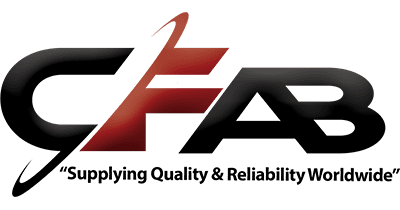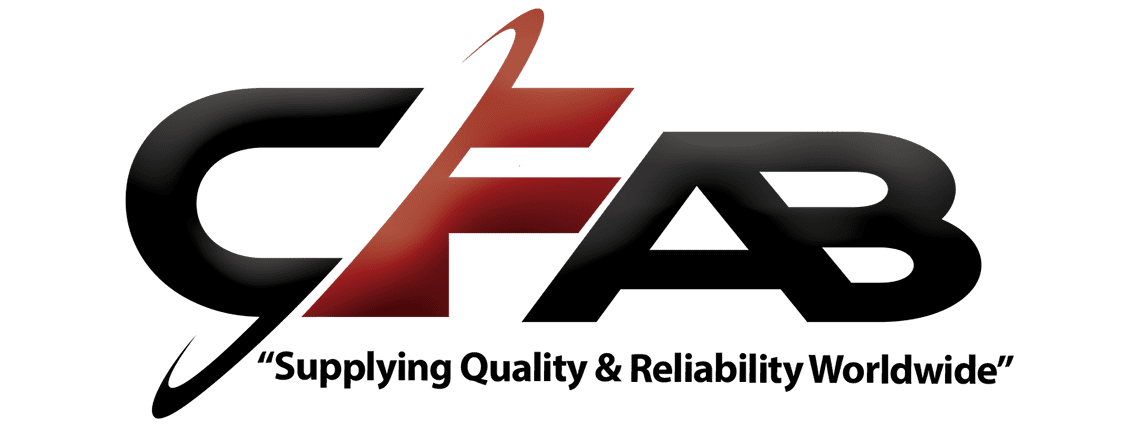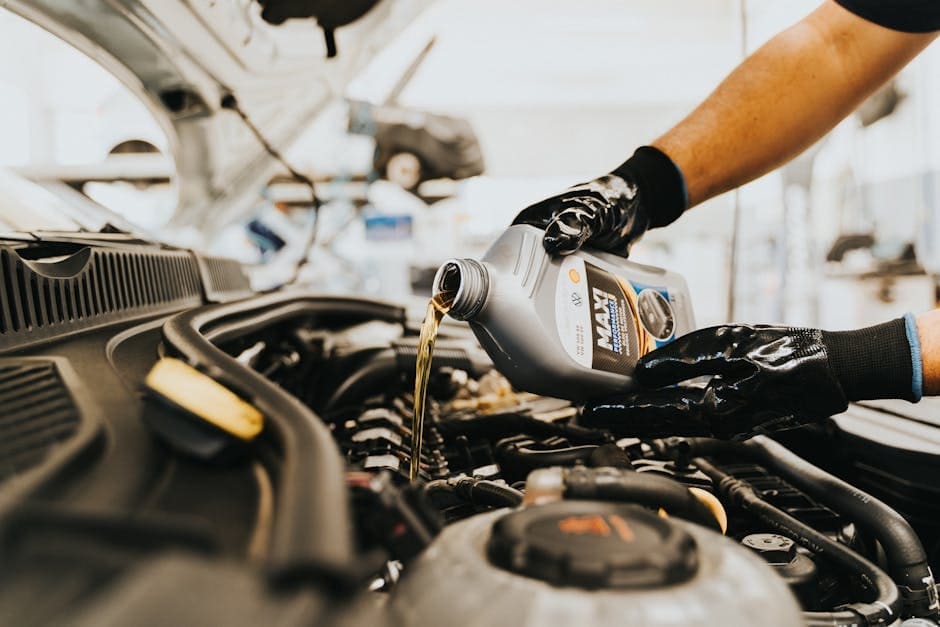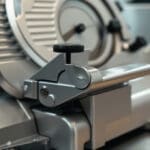A car’s lubrication system is crucial for reducing friction and ensuring the smooth operation of the engine. Without proper lubrication, engine components can wear down quickly, leading to serious inefficiencies and potential breakdowns. This vital system comprises multiple parts working together to distribute engine oil efficiently, reducing friction, dissipating heat, and preventing damage to the engine.
Key aspects of the lubrication system car include:
- Engine Oil: The lifeblood of the engine, reducing friction and wear.
- Friction Reduction: Minimizing contact and heat between moving parts.
- Cooling: Helps keep engine temperature stable.
- Wear Prevention: Protects engine components from damage.
Understanding these elements can help maintain your car’s engine, prolong its life, and save on costly repairs.
My name is Todd Cleppe, and I have spent over 25 years refining lubrication systems for a variety of industries. By reducing friction and enhancing the efficiency of machinery across sectors, I’ve boosted productivity and lowered operational costs. Stick around to explore how a well-maintained lubrication system impacts your car’s performance and improves its longevity.
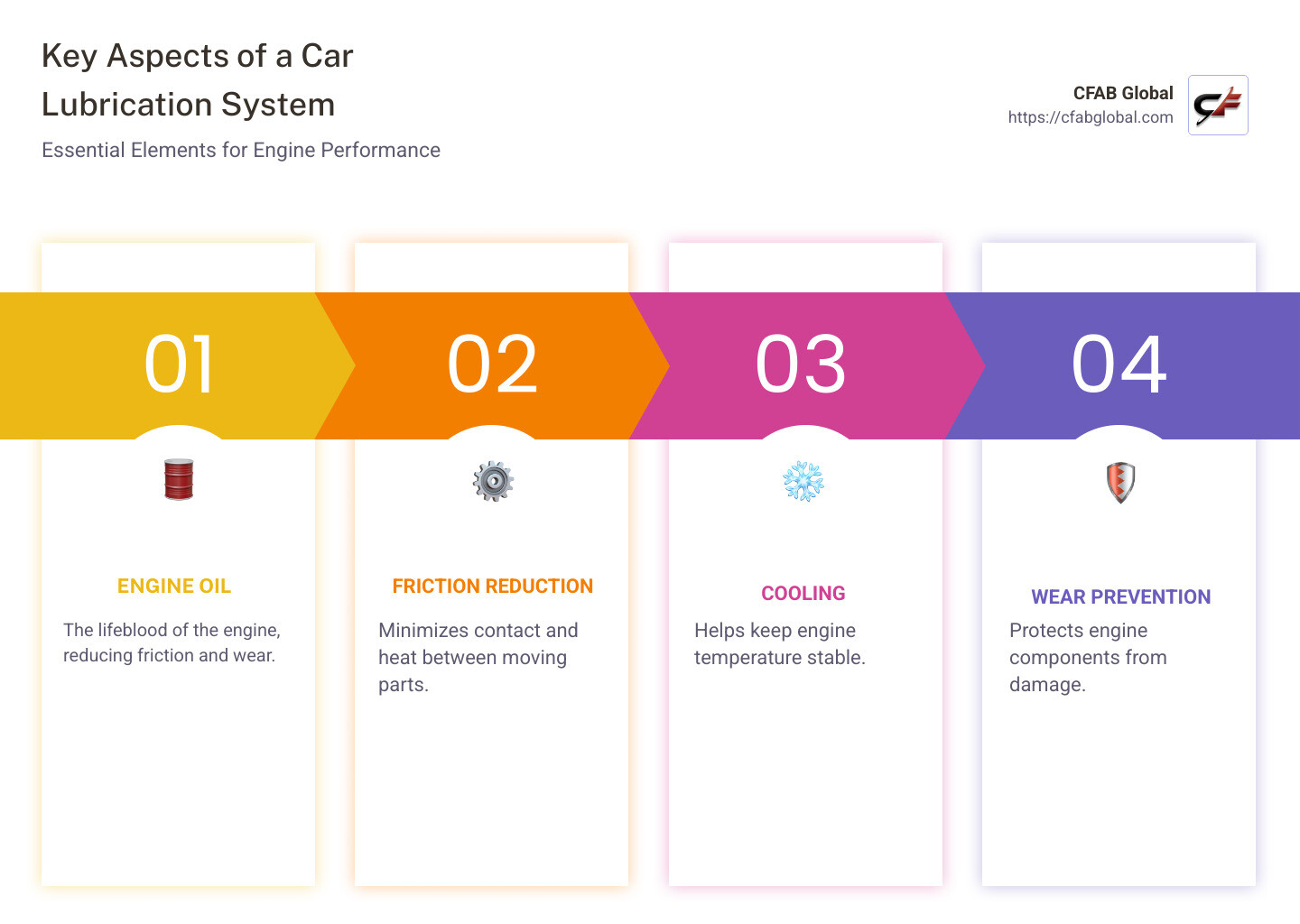
Understanding the Lubrication System in Cars
A car’s lubrication system is like its circulatory system, delivering essential oil to keep everything running smoothly. Let’s explore the key elements that make this system tick: lubrication points, oil distribution, and cooling components.
Lubrication Points
In your car’s engine, specific parts need consistent lubrication to function properly. These lubrication points include the crankshaft, camshaft, pistons, and bearings. Each of these components relies on a thin film of oil to reduce friction and wear. Without this, parts could grind against each other, leading to overheating and damage.
Oil Distribution
Oil distribution is the process that ensures engine oil reaches all necessary lubrication points. It starts in the oil sump, where oil is stored. The oil pump then pushes the oil through the oil filter, removing any impurities before it travels through a network of oil galleries. These galleries are like highways, directing oil to every part of the engine that needs it.
A well-designed distribution system ensures that oil flows efficiently, even when the engine is running at high speeds or under heavy loads. This is where Graco’s automated lubrication systems can make a difference. They ensure precise oil delivery and help maintain optimal performance.
Cooling Components
While lubrication is crucial for reducing friction, the system also plays a vital role in cooling components. As oil moves through the engine, it absorbs heat from the parts it lubricates. This heat is then dissipated as the oil returns to the sump, helping to maintain a stable engine temperature.
Think of it as a dual-purpose system: reducing wear and managing heat. This cooling function is essential, especially during long drives or in hot weather, where engine temperatures can soar.
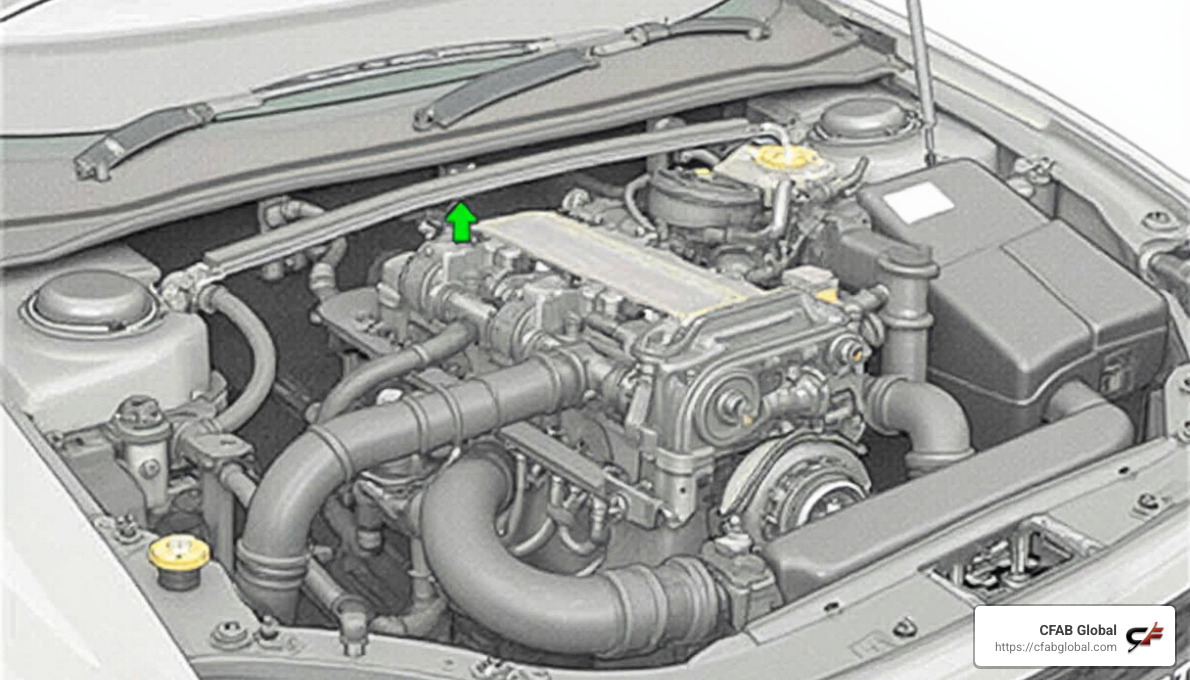
Understanding these aspects of the lubrication system car not only helps in maintaining your vehicle but also ensures its longevity. With the right knowledge and tools, you can keep your engine running smoothly and efficiently.
Key Components of a Car Lubrication System
Let’s break down the essential components that keep your car’s lubrication system running smoothly. Each part plays a crucial role in ensuring your engine stays healthy and efficient.
Oil Sump
The oil sump is like the reservoir of the lubrication system. It holds the engine oil when the car is not running. Located at the bottom of the engine, it collects oil as it drains back down after circulating through the engine. The sump also helps cool the oil by allowing heat to dissipate. Keeping your oil sump in good condition is key to preventing leaks and ensuring efficient oil storage.
Oil Pump
The oil pump is the heart of the lubrication system. It draws oil from the sump and pumps it through the engine. The pump ensures that oil reaches every lubrication point, even when the engine is running at high speeds. A failing oil pump can lead to low oil pressure, which is a serious issue that can cause engine damage. Regular maintenance can help keep the pump in top shape.
Oil Filter
The oil filter is the system’s cleaner. As oil circulates, it picks up dirt and debris that can cause wear and tear on engine components. The oil filter traps these impurities, ensuring only clean oil reaches the engine. Regularly replacing your oil filter is crucial for maintaining oil quality and engine performance. A clogged filter can restrict oil flow, leading to increased friction and potential damage.
Oil Galleries
Oil galleries are the pathways that guide oil throughout the engine. These small channels ensure that oil is delivered to all critical areas, like the crankshaft and camshaft. Think of them as the highways of the lubrication system, directing traffic to where it’s needed most. Blockages in these galleries can lead to insufficient lubrication, so it’s important to ensure they remain clear for optimal oil distribution.
Understanding these key components of the lubrication system car can help you better maintain your vehicle. Regular checks and maintenance of these parts can prevent issues and extend the life of your engine. With the right care, your car’s engine can run smoothly and efficiently for years to come.
Types of Engine Lubricants
Choosing the right engine lubricant is crucial for the health and longevity of your car’s engine. Let’s explore the different types of lubricants available and how they work to protect your engine.
Mineral-Based Oil
Mineral-based oils are derived from refined crude oil. They are the traditional choice for many car owners due to their affordability and availability. These oils provide basic lubrication and protection for engine parts. However, they can break down faster under extreme temperatures, requiring more frequent oil changes.
Synthetic Oil
Synthetic oils are engineered in labs to provide superior performance and protection. They are designed to withstand high temperatures and resist breakdown, making them ideal for high-performance engines or extreme driving conditions. Synthetic oils often include additives that improve their protective qualities, such as anti-wear agents and detergents. This type of oil can extend the intervals between oil changes, offering convenience and potentially lower maintenance costs over time.
Viscosity-Index Improvers
Viscosity-index improvers are additives that help maintain the oil’s thickness across a wide range of temperatures. This is important because oil needs to be thick enough to protect engine parts at high temperatures but thin enough to flow easily when cold. By stabilizing the oil’s viscosity, these improvers ensure consistent lubrication and protection, reducing wear and tear on the engine.
Understanding the differences between these types of engine lubricants can help you make informed choices for your car’s maintenance. Whether you opt for mineral-based or synthetic oil, using high-quality products like those from Texas Refinery Corp can improve your engine’s performance and longevity.
Maintenance of the Lubrication System
Keeping your car’s lubrication system in top shape is essential for ensuring smooth operation and preventing costly repairs. Regular maintenance, such as oil changes and filter replacements, is key to extending your engine’s life.
Oil Changes
Oil changes are the cornerstone of lubrication system maintenance. Over time, engine oil loses its effectiveness due to heat, contamination, and chemical breakdown. Regularly changing the oil helps maintain proper lubrication, reducing friction and wear on engine parts.
How often should you change your oil? This depends on the type of oil you use. Mineral-based oils typically require more frequent changes, while synthetic oils can last longer between changes. Always refer to your car’s manual for specific recommendations.
Filter Replacements
Alongside oil changes, replacing the oil filter is crucial. The oil filter captures contaminants and debris, preventing them from circulating through the engine. A clogged filter can restrict oil flow, leading to engine damage.
Tip: Make sure to replace the oil filter with every oil change to ensure optimal engine performance.
Preventative Maintenance
Preventative maintenance goes beyond oil changes and filter replacements. It involves regular inspections and proactive measures to keep the lubrication system functioning efficiently.
- Check for leaks: Inspect the engine and surrounding areas for any signs of oil leaks. Addressing leaks early can prevent significant engine damage.
- Monitor oil levels: Regularly check the oil level using the dipstick. Low oil levels can lead to increased friction and overheating.
- Use quality lubricants: High-quality lubricants, like those from Texas Refinery Corp, ensure better protection and performance.
By keeping up with these maintenance tasks, you can avoid common lubrication system problems and keep your car running smoothly. Regular check-ups and using top-notch lubricants are investments in your vehicle’s longevity.
Common Lubrication System Problems
Even with regular maintenance, issues can arise in a car’s lubrication system. Understanding these problems can help you address them before they lead to severe damage.
Low Oil Pressure
Low oil pressure is a common issue that can cause significant engine damage if not resolved promptly. It typically occurs when there’s insufficient oil flow, which may be due to several reasons:
- Oil Level: Ensure the oil level is within the recommended range. Low oil levels can prevent the oil pump from maintaining adequate pressure.
- Oil Pump Failure: A malfunctioning oil pump may not circulate oil effectively, leading to low pressure. Regular inspections can help catch this problem early.
- Clogged Oil Filter: A blocked filter can impede oil flow, reducing pressure. Regular filter replacements are crucial to avoid this issue.
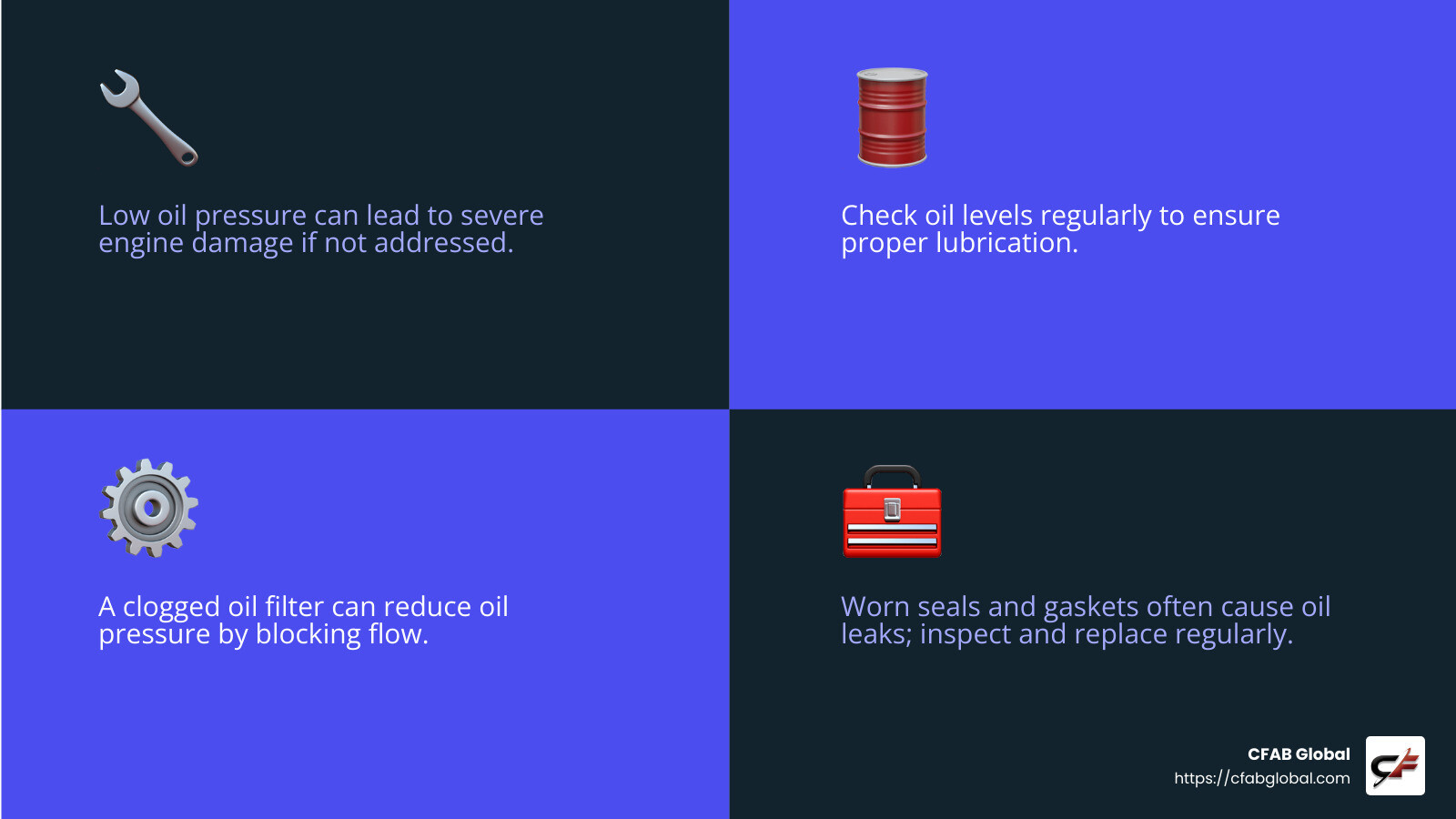
Oil Leaks
Oil leaks can occur from various parts of the engine and are often easy to spot. Look for oil spots under your car or a burning oil smell. Common causes include:
- Worn Seals and Gaskets: Over time, seals and gaskets can deteriorate, causing oil to seep out. Regular checks and timely replacements can prevent leaks.
- Loose or Damaged Oil Pan: The oil pan can become loose or damaged from road debris, leading to leaks. Ensure it’s securely fastened and in good condition.
Lubricant Contamination
Contaminated oil can lead to increased engine wear and reduced performance. Contaminants can enter the lubrication system through:
- External Sources: Dirt and debris can find their way into the system, especially if the oil cap or dipstick is not properly sealed.
- Internal Engine Wear: Metal particles from engine wear can contaminate the oil. Using high-quality lubricants, like those from Texas Refinery Corp, can help minimize wear and contamination.
Preventive tip: Regular oil changes and using a reliable oil filter can significantly reduce the risk of contamination.
By understanding these common lubrication system problems, you can take proactive steps to maintain your vehicle’s health. Addressing issues like low oil pressure, oil leaks, and lubricant contamination early can save you from costly repairs and extend your car’s lifespan.
Next, we’ll explore frequently asked questions about car lubrication systems, offering insights into their operation and maintenance.
Frequently Asked Questions about Car Lubrication Systems
What is the lubrication system in a car?
The lubrication system in a car is essential for reducing friction and wear between moving parts. It ensures that oil is distributed to various lubrication points within the engine. Oil flows through a network of oil galleries, reaching critical components like the crankshaft and camshaft. This distribution not only lubricates but also helps cool the engine parts by carrying away heat.
How to service a lubrication system?
Servicing a car’s lubrication system involves several key steps to ensure optimal performance:
-
Fluid Cleanliness: Keeping the oil clean is crucial. Regular oil changes are necessary to remove contaminants that can cause engine wear. Using high-quality lubricants from Texas Refinery Corp can improve engine protection.
-
Oil Analysis: Conducting oil analysis can provide insights into the oil’s condition and identify potential issues. This involves checking for metal particles, moisture, and other foreign materials that might indicate engine problems.
-
Filter Replacements: Regularly replacing the oil filter is essential to maintain fluid cleanliness. A clogged filter can restrict oil flow, leading to inadequate lubrication.
What causes the lubrication system to fail?
Several factors can lead to lubrication system failure:
-
Moisture: Water can enter the system through condensation or leaks, leading to oil degradation and rust. Ensuring seals and gaskets are intact can help prevent moisture intrusion.
-
Foreign Materials: Dirt, debris, and metal particles can contaminate the oil. This can occur if the oil cap or dipstick is not sealed properly. Regular maintenance and inspections can help keep these contaminants at bay.
By addressing these concerns, you can maintain a healthy lubrication system, ensuring your car runs smoothly and efficiently. Understanding the importance of lubrication points, oil distribution, and maintaining fluid cleanliness can help prevent common issues and prolong your engine’s life.
In the next section, we’ll conclude with how CFAB Global’s Machine Reliability Program can improve operational efficiency.
Conclusion
The Machine Reliability Program by CFAB Global is a game-changer for businesses looking to improve their operational efficiency. This program is designed to improve the performance and longevity of critical machinery components, including those in automotive lubrication systems. By focusing on predictive maintenance and custom solutions, CFAB Global helps businesses minimize downtime and maximize productivity.
Our approach is not just about fixing problems but preventing them. We work closely with each client to design a strategy that fits their unique needs. This personalized analysis ensures that machinery operates at peak performance, reducing the risk of unexpected failures and costly repairs.
With years of industry experience, CFAB Global provides expertise across various sectors, including manufacturing and construction. Our commitment to proactive maintenance and high-quality equipment ensures that your machinery runs smoothly, enhancing your return on investment.
For businesses seeking reliable machinery solutions, CFAB Global is your go-to partner. Our Machine Reliability Program offers the support and expertise necessary to keep your operations running efficiently and effectively. Trust us to help you achieve maximum operational efficiency and extend the life of your machinery.
